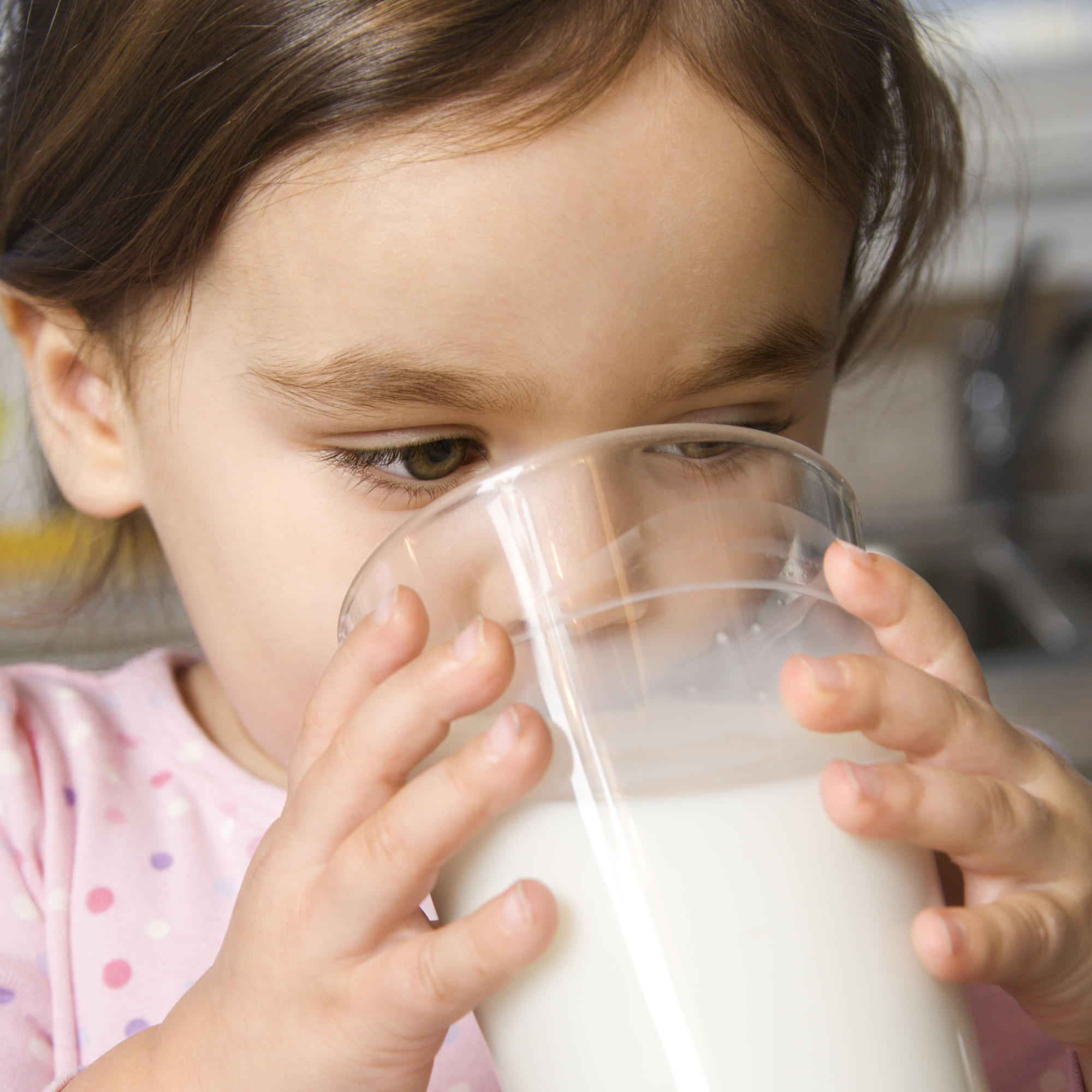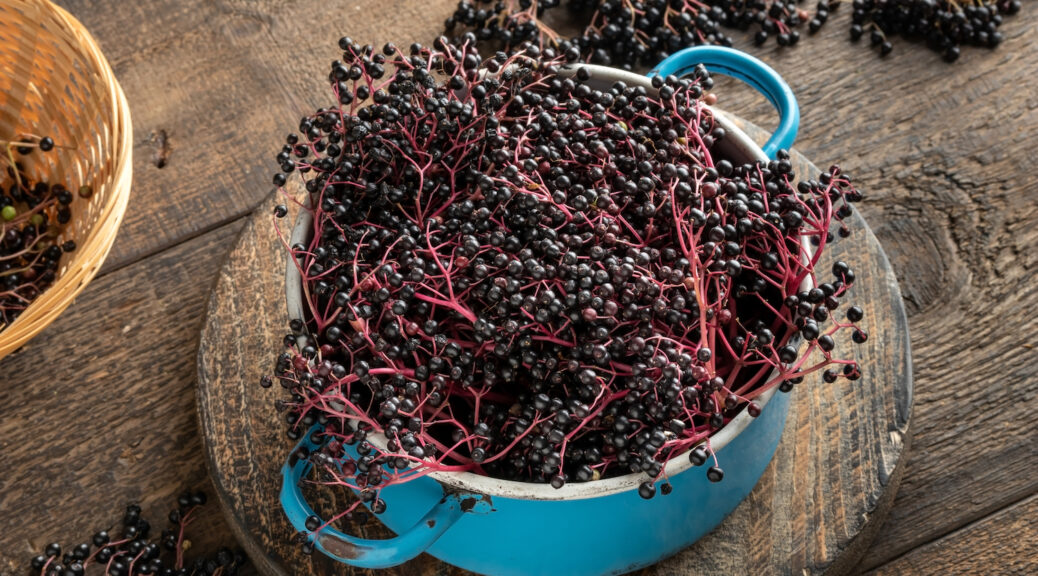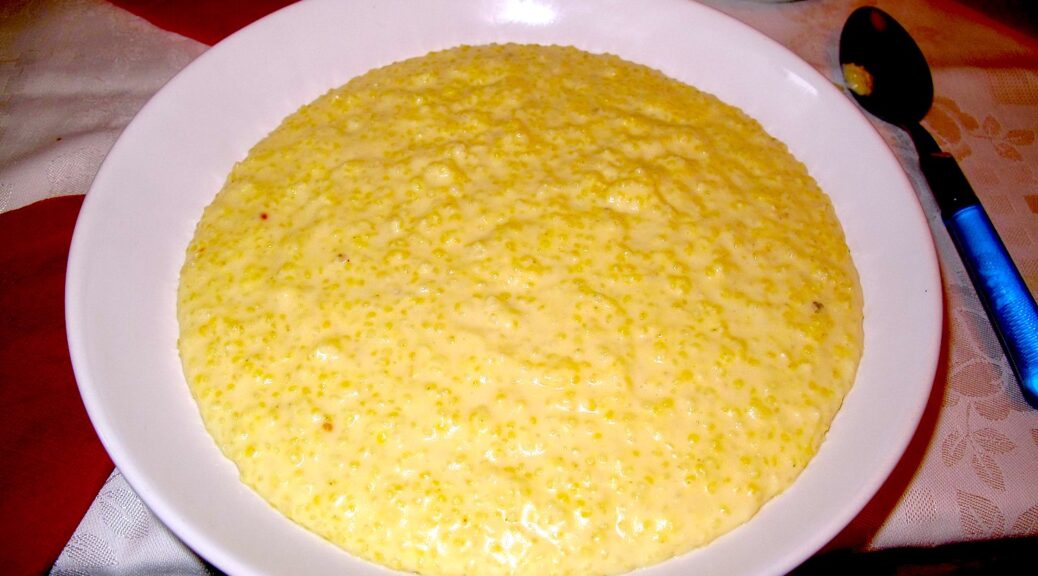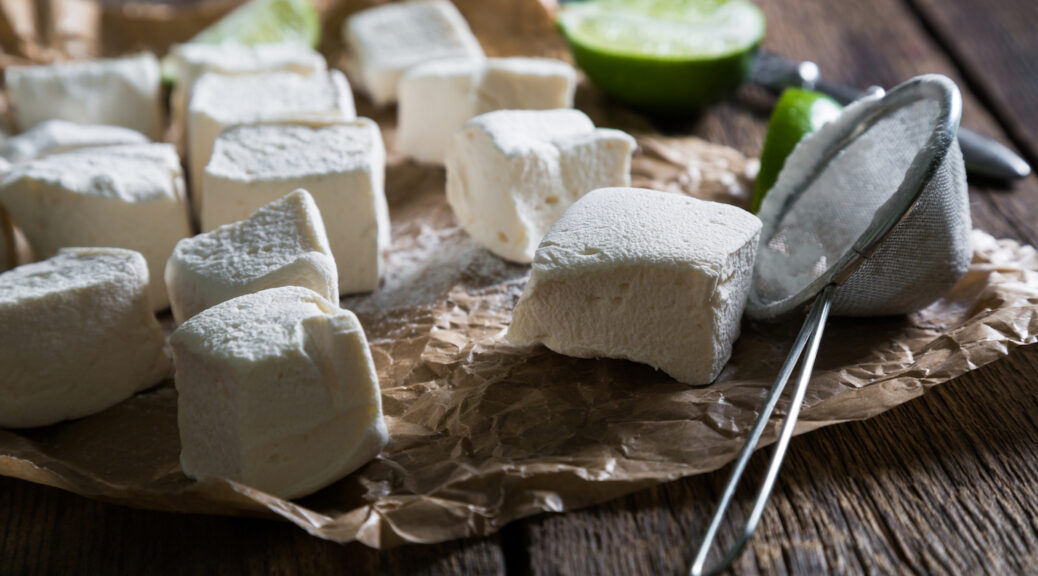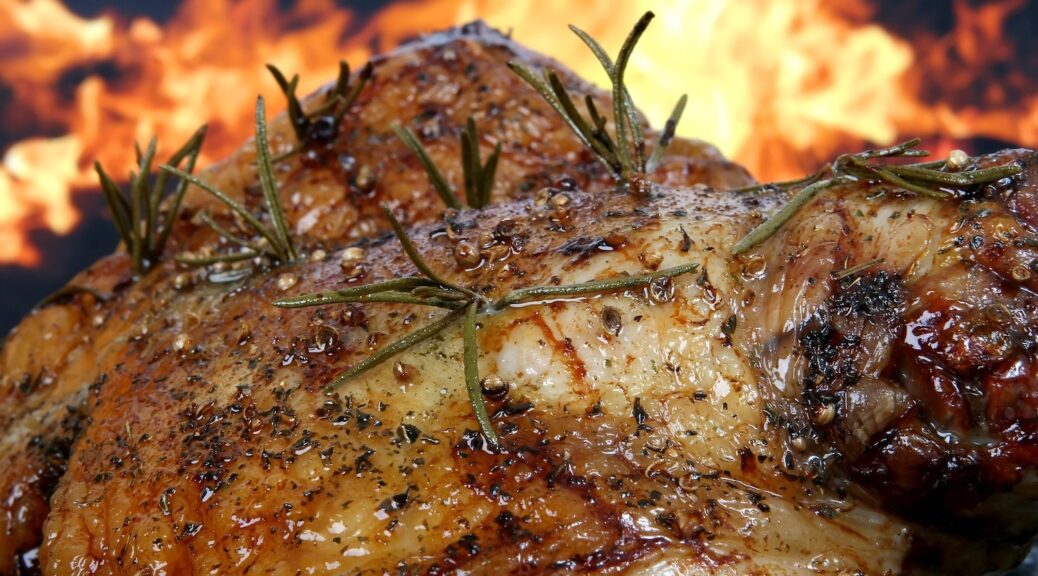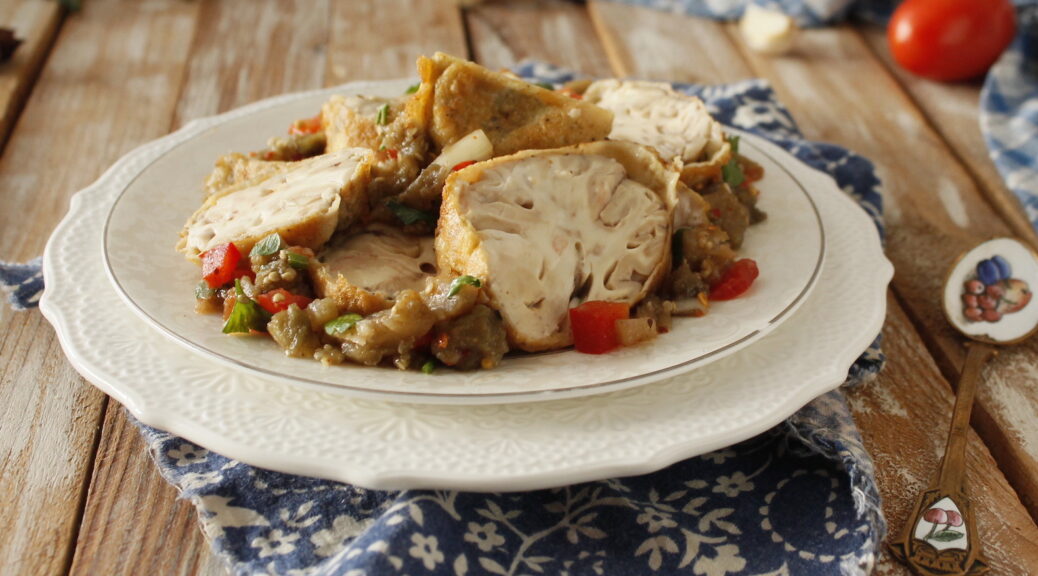About Honey – Mead, Vinegar, Flavored…
Although honey was a desired sweetener in the 1800s, it was not common in many households. It cost more than sugar or molasses, and most people couldn’t afford it. Some cookbooks published during this time period included recipes on how to make your own (artificial) honey, which was supposed to taste like the real thing. INFORMATION BELOW COMPILED FROM 1800s COOKBOOKS Honey is sweeter than white sugar, and molasses is less sweet. When using either of these as a substitute…

